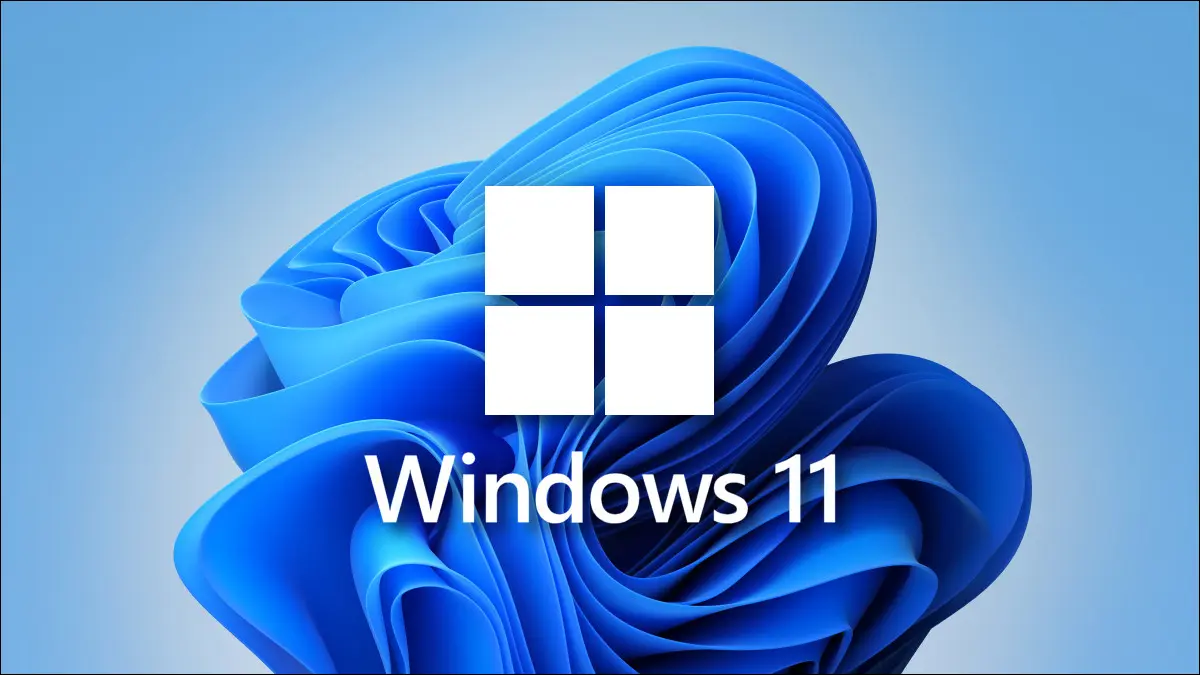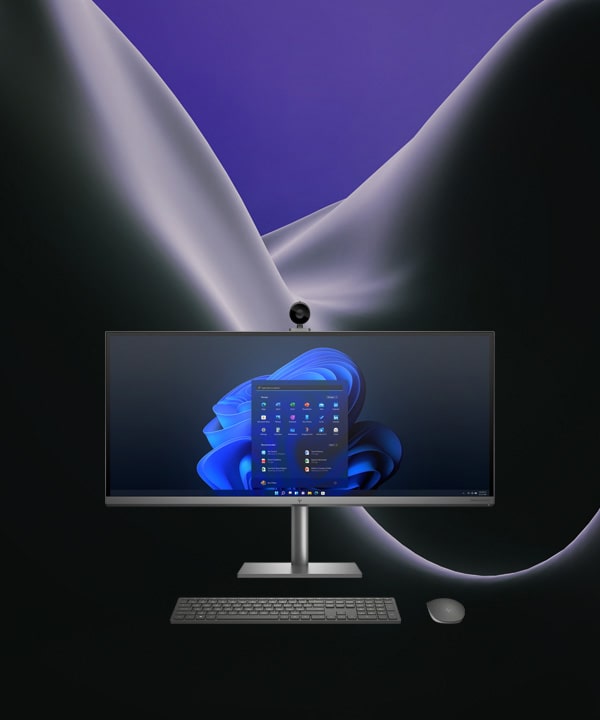Upgrade to the New Windows 11 OS

It’s time to upgrade to the newest version of Windows – Windows 11! Here’s what you need to know about the new OS, including its new features, how to get it, and what to do if you’re still running an older version of Windows.

1. What’s new in Windows 11?
2. How to get Windows 11
3. What to do if you’re still running an older version of Windows
1. What’s new in Windows 11?
Windows 11 is the latest version of Microsoft’s operating system, and it comes with a number of new features and improvements.
One of the most noticeable changes is the new Start menu, which includes live tiles that provide updates on your apps and programs. The new menu is also more customizable, so you can pin your favorite apps and programs to it for easy access.
Another major change is the addition of the Microsoft Edge web browser. Edge is a faster, more secure browser than Internet Explorer, and it comes with a number of features that make it easier to use.
Windows 11 also includes a number of security improvements, including a new firewall and increased protection against malware and phishing attacks.
2. How to get Windows 11
If you’re running Windows 10, you can upgrade to Windows 11 for free. Just open the Windows Update tool in your settings and check for updates. The upgrade will download and install automatically.
If you’re still running an older version of Windows, you’ll need to purchase a copy of Windows 11. You can buy it from Microsoft’s website or from a retailer like Amazon.
3. What to do if you’re still running an older version of Windows
If you’re still running an older version of Windows, there are a few things you can do to prepare for the upgrade to Windows 11.
First, make sure all of your programs and drivers are up to date. Many programs have updates that are specifically designed for Windows 11, so you’ll want to make sure you have the latest versions installed.
You should also create a backup of your files before upgrading. That way, if anything goes wrong during the upgrade process, you’ll have a copy of your files to restore.
Finally, make sure you have enough free space on your hard drive. The Windows 11 upgrade can be quite large, so you’ll need to have enough free space to accommodate it.
How do you upgrade Windows 10 evaluation to the full version?
If you’re running the evaluation version of Windows 10, you can upgrade to the full version by entering a valid product key. Once you’ve done that, you’ll need to follow these steps:
1. Go to the Start menu and search for “Activate.”
2. Click on the “Activate” option and enter your product key.
3. Follow the prompts to complete the activation process.
4. Once you’ve activated Windows 10, you’ll need to go to the “Update & Security” settings.
5. Click on the “Check for updates” option and install any available updates.
6. Once your updates are installed, restart your computer.
7. You should now be running the full version of Windows 10.










